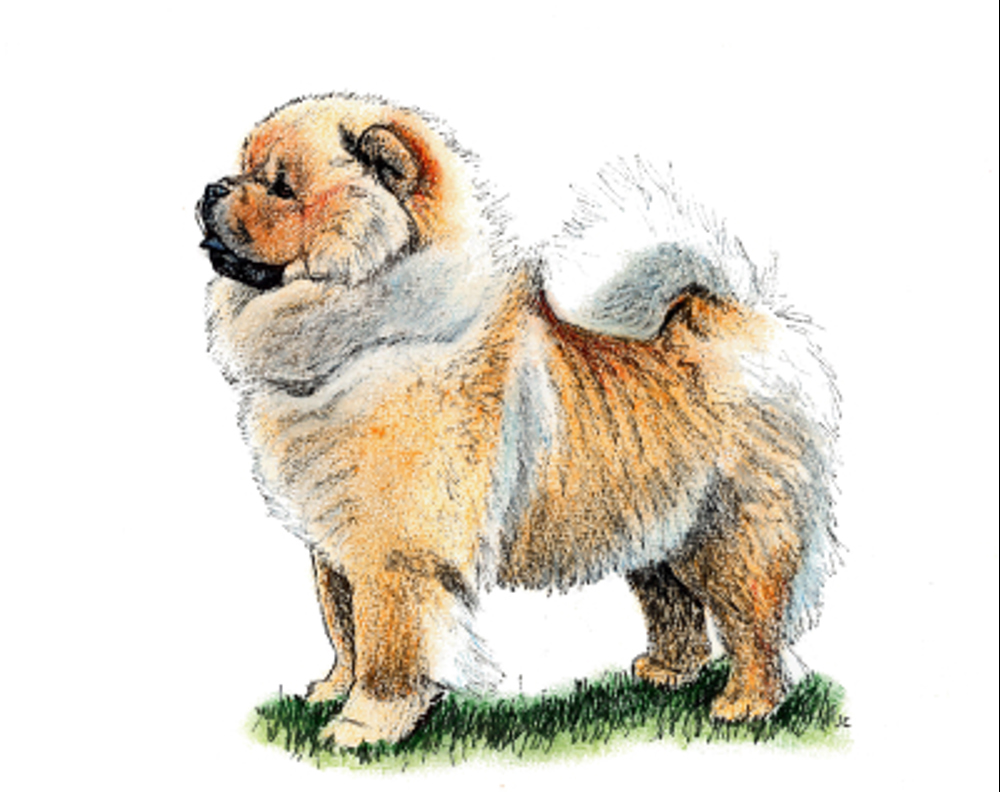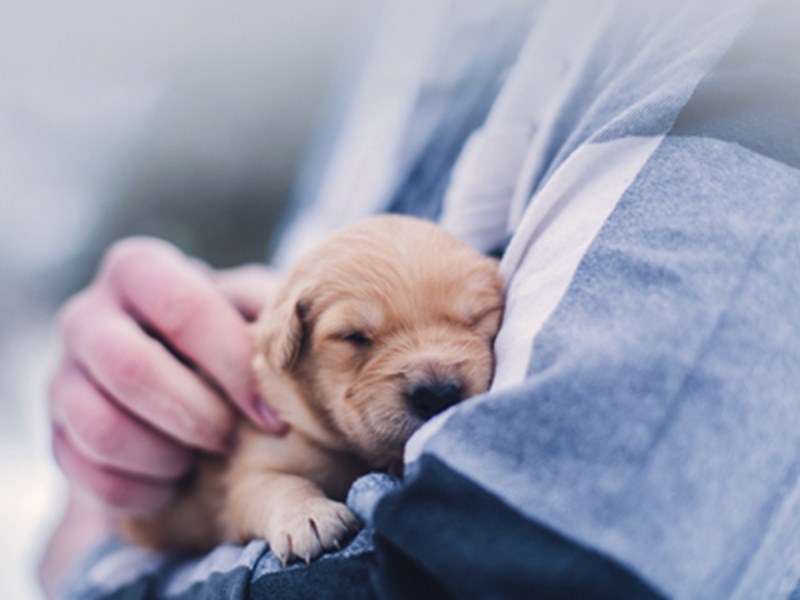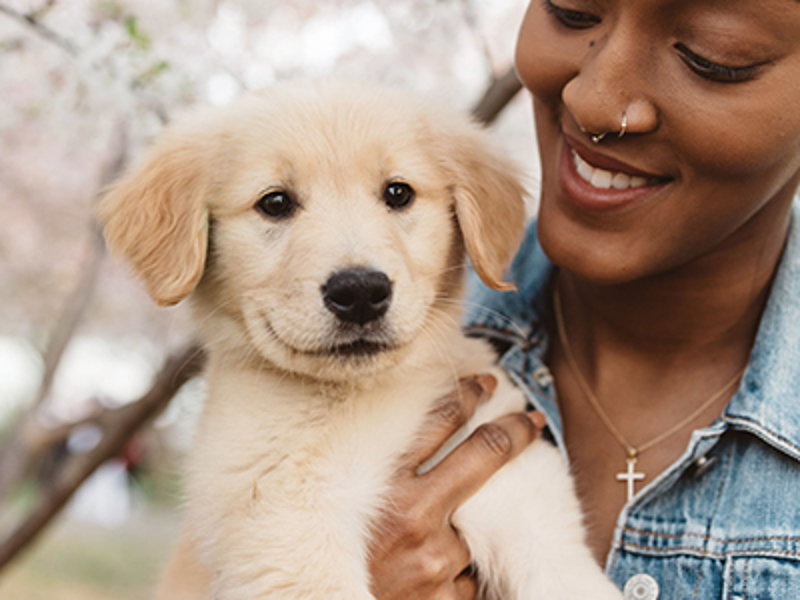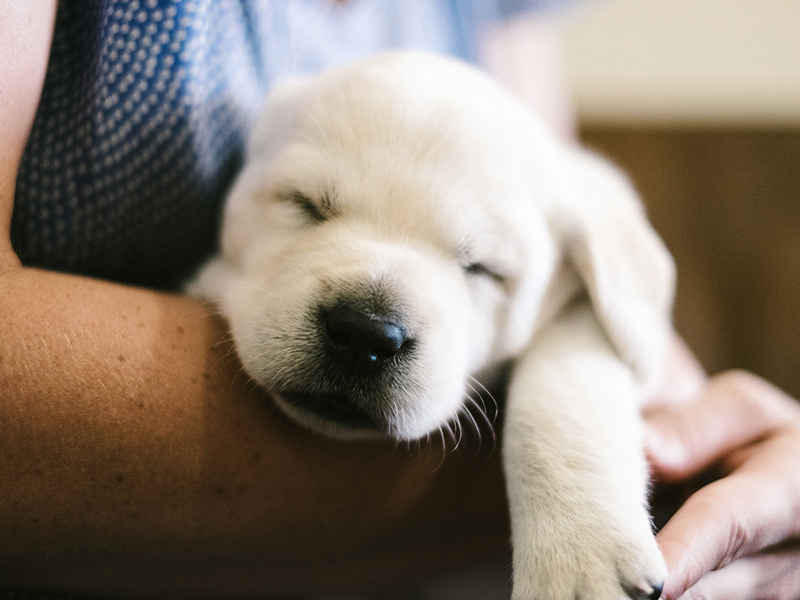
Chow Chow
Breed characteristics
- Size
- Medium
- Exercise
- Up to 1 hour per day
- Size of home
- Large house
- Grooming
- Every day
- Coat length
- Medium
- Sheds
- Yes
- Lifespan
- Under 10 years
- Vulnerable native breed
- No
- Town or country
- Country
- Size of garden
- Small/ medium garden
About this breed
The breed can be traced back to the Han Dynasty of 2000 years ago as the Han Dog, a guard dog. In early China the Chow was an important food source. He was specially reared on grain and then slaughtered while young for tender meat. His skin was used, as was his coat for trimmings on clothes. The breed was also used for hunting and as guard dogs.
Two Chows were brought to Britain in 1780 by traders from the East India Company. In 1828 London Zoo imported some dogs from China called the Black Mouthed Chinese. During her reign Queen Victoria acquired a Chow and public interest in the breed was aroused. The breed was recognised by the Kennel Club in 1894 and became fashionable in the show ring.
The Chow has several special traits: the black tongue and gums, the leonine appearance given by its mane of harsh, off-standing coat and its rather stilted gait.
Images for this breed
The Utility breed group
This group consists of miscellaneous breeds of dog mainly of a non-sporting origin, including the Bulldog, Dalmatian, Akita and Poodle. The name ‘Utility’ essentially means fitness for a purpose and this group consists of an extremely mixed and varied bunch, most breeds having been selectively bred to perform a specific function not included in the sporting and working categories. Some of the breeds listed in the group are the oldest documented breeds of dog in the world.
Colour Watch
Category 2:Breeds with >2 to 10% registered NBS colours
Read more about Colour Watch.
Breed Standard colours
Breed standard colour means that the colour is accepted within the breed standard and is a traditional and well-known colour in this breed.
Breed standard colours in this breed include:
- Black
- Blue
- Cream
- Fawn
- Red
- White
Non-breed-standard colours
- (NBS) Chocolate
- (NBS) Lilac
Non-breed-standard colour means that the colour is not accepted within the breed standard and whilst some dogs within the breed may be this colour it is advised to only select a dog that fits within the breed standards for all points.
Colour is only one consideration when picking a breed or individual dog, health and temperament should always be a priority over colour.
Other colour/s
'Other' means you consider your puppy to be a colour not currently known within the breed and one that does not appear on either the breed standard or non-breed standard list. In this instance you would be directed through our registrations process to contact a breed club and/or council to support you on identifying and correctly listing the new colour.
Health
Whether you’re thinking of buying a puppy, or breeding from your dog, it’s essential that you know what health issues may be found in your breed. To tackle these issues we advise that breeders use DNA tests, screening schemes and inbreeding coefficient calculators to help breed the healthiest dogs possible.
More about health
Important health schemes and tests
We strongly recommend that all breeders, both assured breeders (ABs) and non ABs, use the following (or equivalent) schemes, tests and advice.
- Hip dysplasia screening scheme (BVA/KC)
- Elbow dysplasia screening scheme (BVA/KC)
- Eye screening scheme (BVA/KC/ISDS)
- Check inbreeding calculators
- Breed club – Chow Chow Breed Council Health Assessment
Find out about a particular dog's results
Please visit our Health Test Results Finder to discover the DNA or screening scheme test results for any dog on The Kennel Club's Breed Register.
You can also view the inbreeding coefficient calculation for a puppy's parents, or for a dog you're thinking of breeding from.
Have any questions about health in your breed?
If you have any concerns about a particular health condition in your breed then you may wish to speak to your vet or you could contact your breed health co-ordinator.
Breed health co-ordinators are individuals working on behalf of breed clubs and councils who are advocates for the health and welfare of their chosen breed. They acts as a spokesperson on matters of health and will collaborate with The Kennel Club on any health concerns the breed may have.
To contact your breed health co-ordinator please email
Breed watch
Category 2
Particular points of concern for individual breeds may include features not specifically highlighted in the breed standard including current issues. In some breeds, features may be listed which, if exaggerated, might potentially affect the breed in the future.
Breeding restrictions
There are a number of The Kennel Club's rules and regulations that may prevent a litter from being registered, find out about our general and breed specific breeding restrictions below.
More about breeding
There are two coat types known for this breed - rough and smooth. The option to select smooth-coat is provided when registering a litter online. For any paper applications, a note should be made next to the relevant puppy or in the form of an accompanying letter. If registered as such, the wording smooth-coat will appear after the breed name on the registration certificate and noted in the Breed Records Supplement, otherwise the dog is considered to be of the rough-coated variety.
Looking for a puppy?
Looking for a Chow Chow? Explore our list of puppies and rescue dogs for sale near you.
More information

Need to find out more about a breed?
Use our Find a Club service where you can locate breed clubs that can offer support and advice.

Use our Find a Puppy service
The Kennel Club's Find a Puppy service provides contact details for breeders who have puppies available. Let's help you find your new best friend.

Get the best lifetime pet insurance
At Kennel Club Pet Insurance, we want you to focus on getting the best possible treatment for your dog without worrying about the cost.
